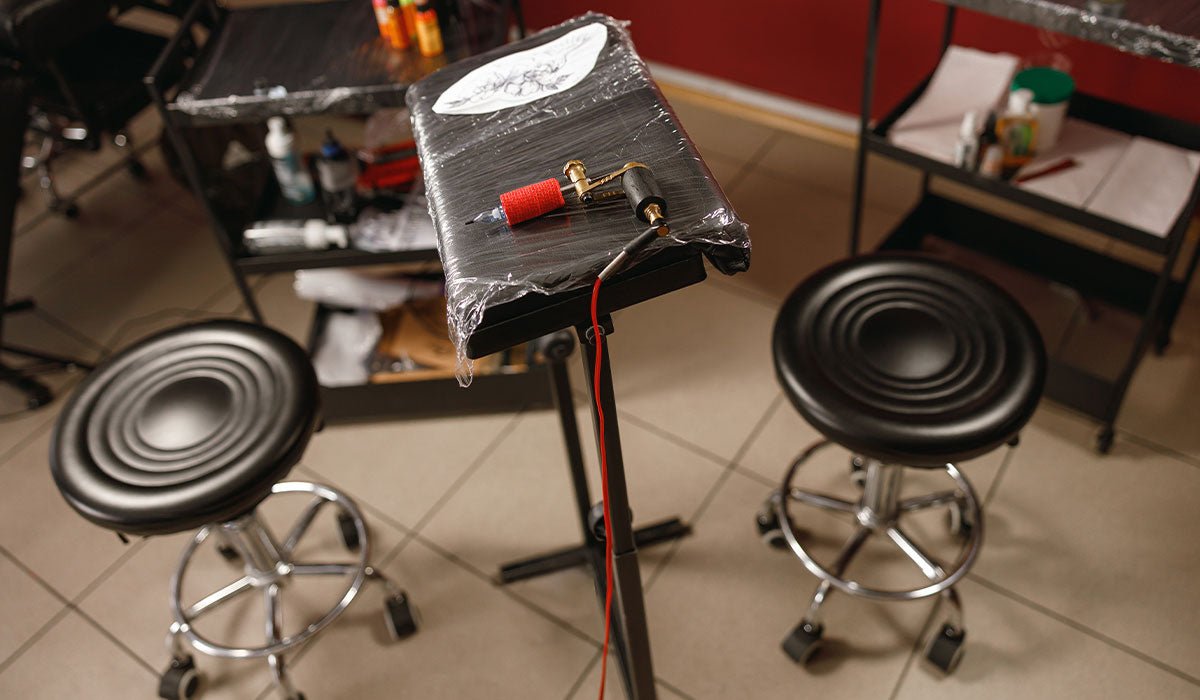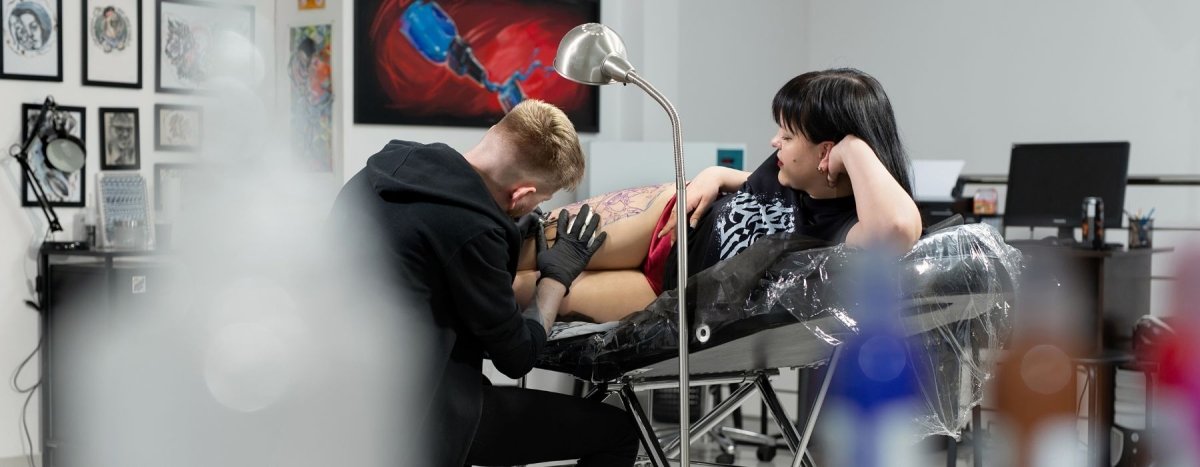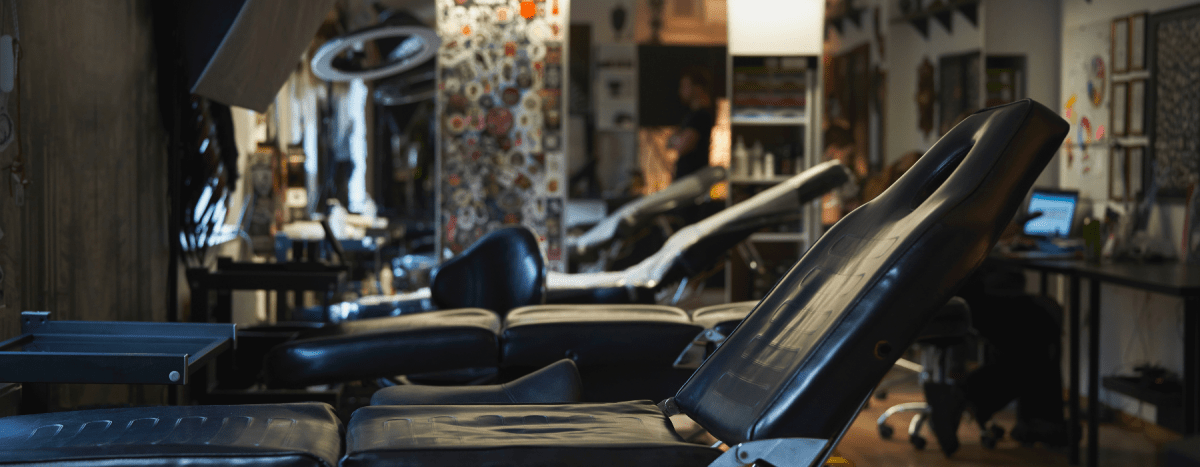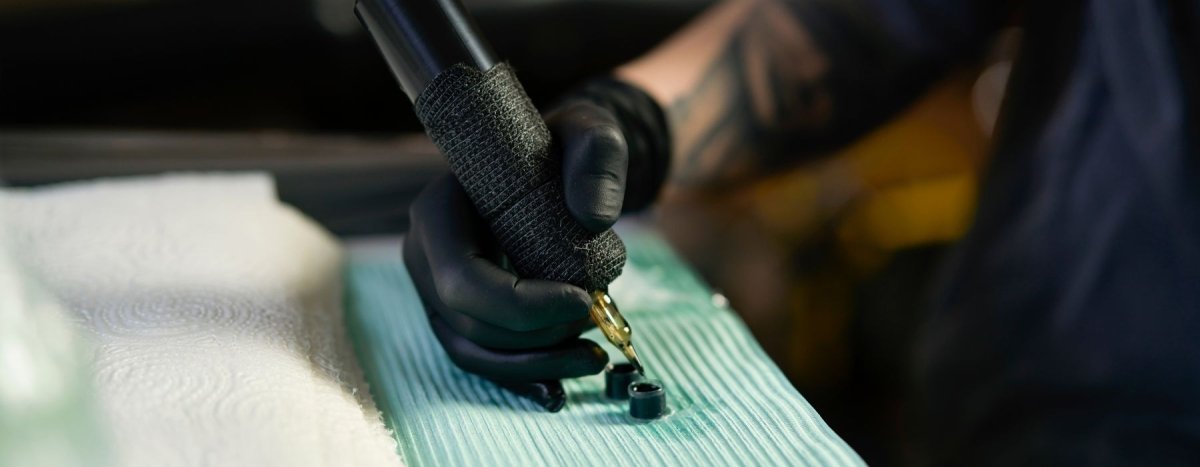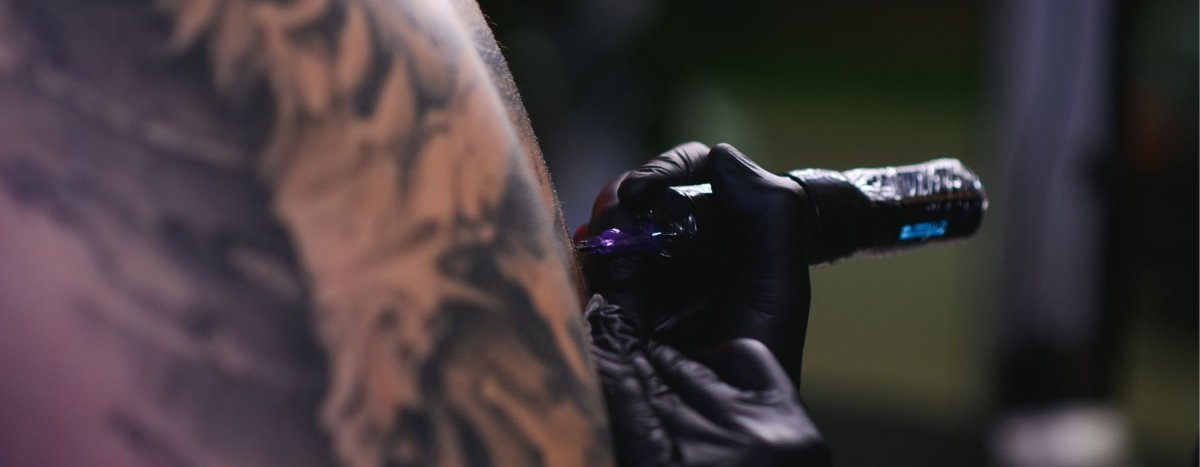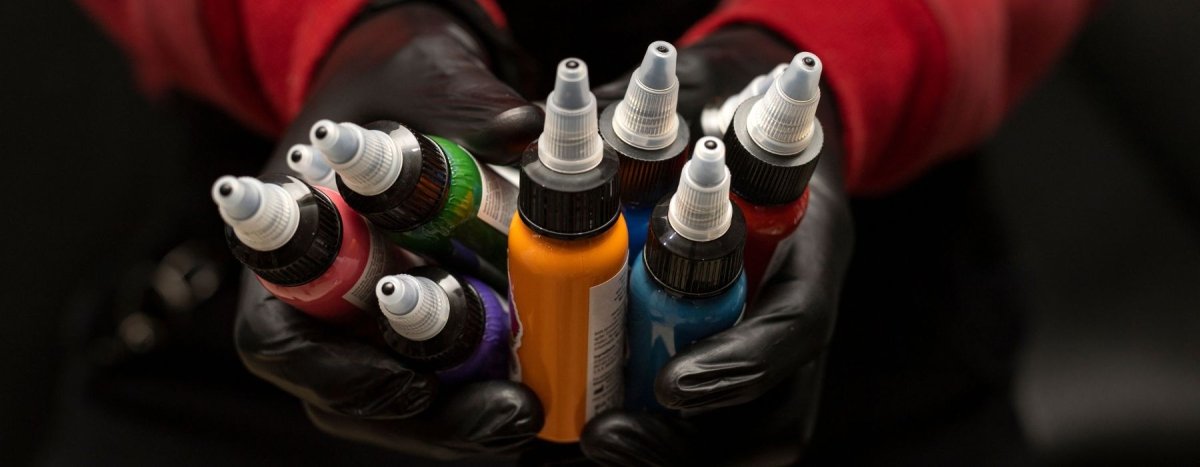Your cart is empty
Looks like you haven't added anything to your cart yet
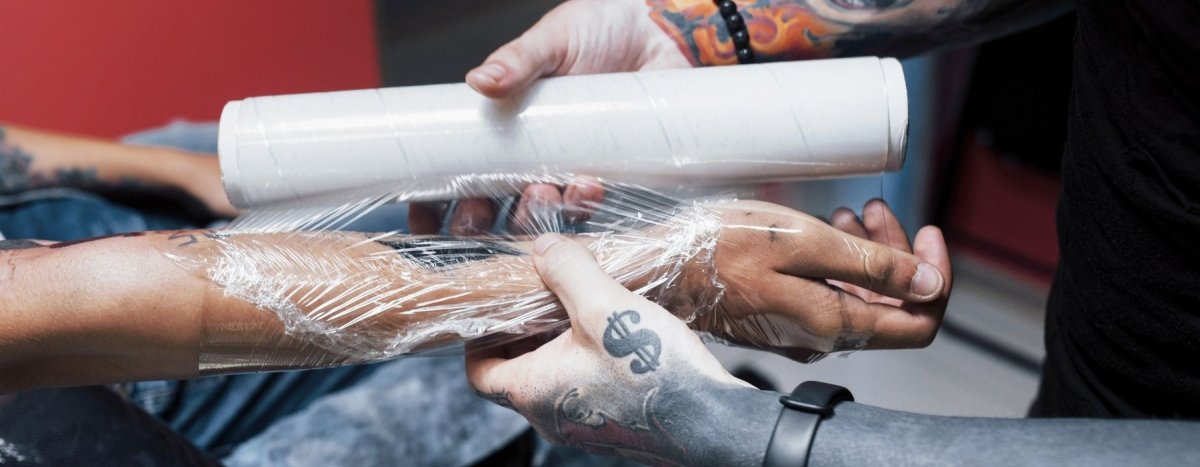
Tattoo Aftercare: What to Tell Your Clients for Safe Healing
Getting a tattoo is more than just art—it’s also a medical procedure. Once the tattoo machine finishes its work, the responsibility shifts to the client. But they won’t always know what to do, which is why tattoo aftercare instructions are critical.
As a tattoo artist, it’s part of your job to educate your clients on how to properly care for their new ink. The right aftercare not only prevents infections and scarring but also ensures the tattoo heals clean and vibrant. In this guide, we’ll break down everything you should tell your clients about tattoo aftercare—from the first 24 hours to long-term skin care.
Why Tattoo Aftercare Matters
Tattooing punctures the skin thousands of times with needles to deposit ink. This process creates an open wound, and like any wound, it needs proper care to heal. Poor aftercare can lead to:
-
Infections caused by bacteria entering the open skin.
-
Scarring from picking or scratching the healing tattoo.
-
Ink fading or distortion if the tattoo doesn’t heal properly.
Clients may not understand the risks, so it’s essential to explain why following aftercare instructions is non-negotiable.
The First 24 Hours: Immediate Aftercare
The first day sets the tone for the entire healing process. Here’s what to tell clients:
-
Leave the bandage on – Most artists cover fresh tattoos with a sterile wrap. Clients should keep it on for at least 2–4 hours unless you advise otherwise.
-
Wash hands before touching – Stress that they should never touch the tattoo with dirty hands.
-
Gently wash the tattoo – After removing the wrap, clients should wash the area with lukewarm water and mild, fragrance-free soap. Pat dry with a clean paper towel.
-
Apply a thin layer of ointment – Recommend a tattoo-specific ointment or unscented moisturizer. A thin layer is key—too much suffocates the skin.
Let your clients know that some redness, swelling, or oozing is normal on day one.
Days 2–7: The Healing Begins
The first week is when most clients get anxious about how their tattoo looks. Explain the process:
-
Keep it clean – Wash the tattoo 2–3 times daily with mild soap and water.
-
Moisturize regularly – Apply a thin layer of recommended ointment or lotion. Avoid petroleum jelly unless you suggest it.
-
Avoid scratching – Itching is common as the tattoo starts to scab. Warn clients not to scratch or peel scabs—it can pull out ink.
-
Wear loose clothing – Tight clothes may rub against the tattoo and slow healing.
-
Avoid submerging in water – No swimming pools, hot tubs, or long baths. Showers are fine.
Weeks 2–4: The Peeling Stage
By the second week, the tattoo usually enters the peeling stage. Here’s what clients need to know:
-
Flaking is normal – The skin may peel like a sunburn. Reassure clients this is part of healing.
-
Don’t pick at flakes – Picking causes patchy spots and ink loss.
-
Stay moisturized – Keeping the skin hydrated reduces itchiness and peeling.
-
Protect from the sun – Fresh tattoos are highly sensitive to UV rays. Recommend they avoid sun exposure or use a tattoo-safe sunscreen once fully healed.
Long-Term Tattoo Care
After the tattoo heals, the journey doesn’t end. Teach your clients these long-term practices:
-
Moisturize daily – Healthy skin keeps tattoos looking sharp.
-
Use sunscreen – UV rays are the #1 reason tattoos fade. SPF 30 or higher is essential.
-
Stay hydrated – Good hydration improves skin health and tattoo vibrancy.
-
Schedule touch-ups – Let clients know touch-ups are normal for certain designs, especially with fine lines or color work.
Common Mistakes Clients Make
Highlight the common mistakes so your clients know what not to do:
-
Ignoring aftercare instructions.
-
Over-moisturizing the tattoo.
-
Scratching or peeling scabs.
-
Exposing the tattoo to direct sunlight too early.
-
Swimming or soaking before it fully heals.
By setting clear expectations, you reduce the chances of complaints, infections, or dissatisfaction.
What to Tell Clients About Warning Signs
Clients should know when to seek medical advice. Tell them to look out for:
-
Excessive redness and swelling after a few days.
-
Pus or foul odor coming from the tattoo.
-
Severe pain that doesn’t ease with time.
-
Fever or chills indicating possible infection.
Encourage them to consult a healthcare professional if these symptoms appear.
How to Deliver Tattoo Aftercare Instructions
It’s not just what you say, but how you say it. Consider these tips:
-
Provide verbal instructions – Walk them through the process before they leave.
-
Give a printed aftercare sheet – Clients may forget verbal instructions, so a physical copy helps.
-
Offer digital resources – Email or text them a link to your aftercare guide.
-
Follow up when possible – A quick message a few days later shows professionalism and builds trust.
Conclusion
Tattoo aftercare isn’t optional—it’s essential for safe healing and vibrant results. As a tattoo artist, providing clear and detailed instructions is part of delivering a professional service.
By guiding clients through the first day, the first week, and beyond, you protect your work, their skin, and your reputation.
A well-informed client is a happy client, and a healed tattoo is the best advertisement for your artistry.
Featured Blogs
- Choosing a selection results in a full page refresh.




